High Temperature Superconductive Properties of Ceramic Materials
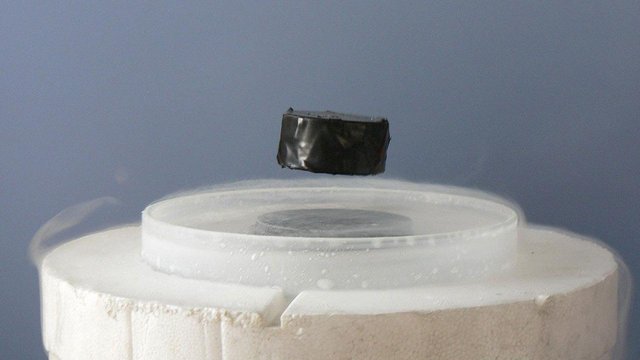
"High Temperature Superconductive Properties of Ceramic Materials"
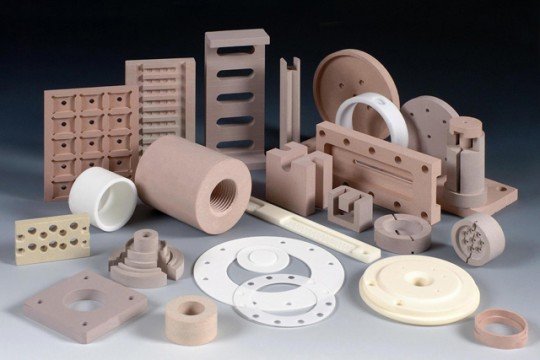
Ceramic-based materials are most commonly known and recognized as excellent electrical and thermal insulators due to their various properties. In fact most electrical and thermal insulating materials nowadays are mostly made out of ceramic-based materials as they are more applicably reliable and consistent than any other insulating materials in terms of efficiency. However, in the late 20th century, ceramic materials are discovered to exhibit electrical conductivity which is even higher than of those metals.
Based on the definition by Wikipedia, superconductors are materials which exhibit superconductivity at usually near absolute zero temperature. Superconductivity on the other hand is a phenomenon wherein the electric current is transported without any resistance and without any losses whatsoever. Thus during this occurrence, there is exactly zero electrical resistance and no expulsion of magnetic field which will take place in any part of a particular material called superconductor.
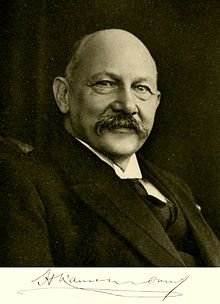
This phenomenon was discovered by a Dutch physicist Heike Kamerlingh Onnes on April 8, 1911 in Leiden when he cooled solid mercury wire at its critical temperature of 4.2 degrees Kelvin by immersing it in liquid helium. He had then later observed that it has lost all its electrical resistance. He then called this phenomena superconductivity or superconductive state. And unlike common and ordinary conductors, an electric current introduced into superconductors can persist indefinitely and will not dissipate with time even without power supply.
This type of materials could possibly change the course of technology especially everything that depends on electrical power especially these days where almost everything is powered by electricity from daily transportations, to our personal devices and even our individual home. Superconductors could possibly bring us significant changes as these materials are incredibly effective and cost-efficient due to its improbable electrical capability. However, the materials condition which needs to be cooled to absolute zero temperature first before it could attain superconductive state is its disadvantage.
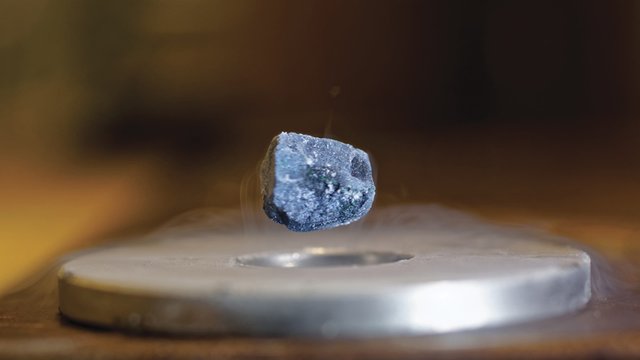
Throughout the early days after the discovery of superconductive materials, it was only known that metals needed to be cooled to absolute zero temperature before it could achieve its superconductive state. During these days, there are only few metals which are recognized to exhibit superconductivity at slightly above absolute zero temperature. Not until the 1980s, when a group of physicist discovered superconductive ceramic-based materials at significantly higher temperature than the usual temperature. These materials are later called high-temperature superconductors (HTS).
One of these ceramic-based material which exhibits superconductivity at higher temperature than the usual is the compound yttrium barium copper oxide (YBCO). Yttrium barium copper oxide is the first ever material discovered to attain superconductivity at 90 degrees Kelvin, which is considerably higher than the boiling point of liquid nitrogen. The material is believed to have greater potential with wide range of various technical applications such as superconducting cables, electrical motors and generators.
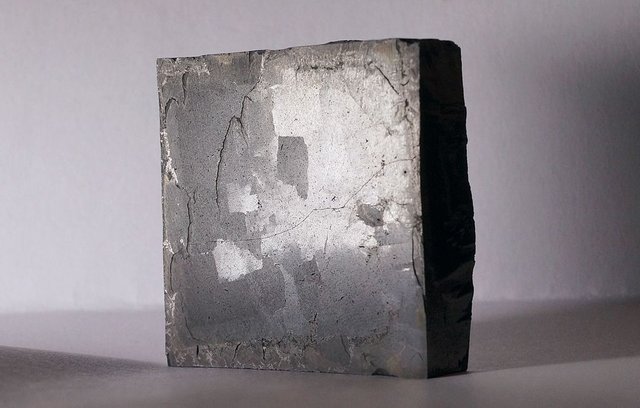
According to the team in their press release, the YBCO crystal has a special crystal lattice structure which is made from super-thin double layers of copper oxide material arranged in between layers made out of barium, copper and as well as oxygen. According to them, this is designed to allow electrons to join up and bond into this so-called Copper pairs. These pairs are capable of tunneling in between different layers, a typical quantum effect, which was thought that it could only occur at super-cooled temperature.
However, physicist Max Planck investigated on what will happen when the compound is exposed to infrared laser pulse. They later found out that the YBCO ceramic materials exhibits superconductivity at room temperature for a fraction of a second. They simplify that the occurrence lasted for only a few millionths of a millisecond but still they’ve discovered that such phenomenon is possible at room temperature.
In their official statement they explain that,
The infrared pulse had not only excited the atoms to oscillate, but had also shifted their position in the crystal as well. This briefly made the copper dioxide double layers thicker - by two picometres, or one hundredth of an atomic diameter - and the layer between them became thinner by the same amount. This in turn increased the quantum coupling between the double layers to such an extent that the crystal became superconducting at room temperature for a few picoseconds.
The discovery of these high temperature ceramic superconductors could possibly be the first step to achieve superconductors that could operate at room temperature without the need of cooling at near absolute zero temperature. The team also believed that this could possibly be the beginning of the change from fascinating inquisitiveness to practical and operational technology especially in the field of engineering.
THANK YOU FOR TAKING THE TIME TO READ MY POST
Advance Ceramic Applications to Automotive Industry
Advance Ceramics Application to Electronics Industry
An Overview to the Manufacturing Process of Flat Glasses
Utilization of Rice Husk as an Alternative Fuel to Gas Stove/Cooker
References:
https://en.wikipedia.org/wiki/Superconductivity
https://en.wikipedia.org/wiki/High-temperature_superconductivity
http://www.imagesco.com/articles/supercond/03.html
https://www.sciencealert.com/physicists-achieve-superconductivity-at-room-temperature
https://phys.org/news/2014-12-superconductivity-cooling.html

Congratulations @asbonclz! You have completed some achievement on Steemit and have been rewarded with new badge(s) :
Click on any badge to view your own Board of Honor on SteemitBoard.
For more information about SteemitBoard, click here
If you no longer want to receive notifications, reply to this comment with the word
STOP